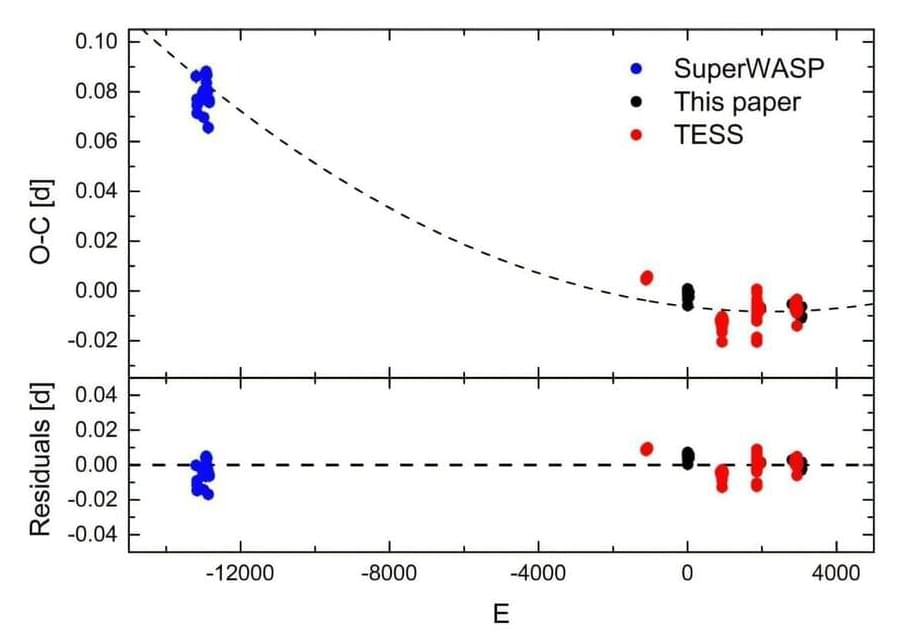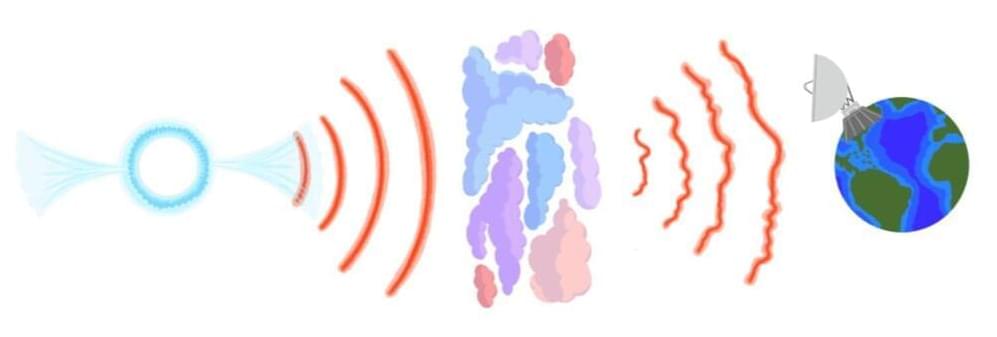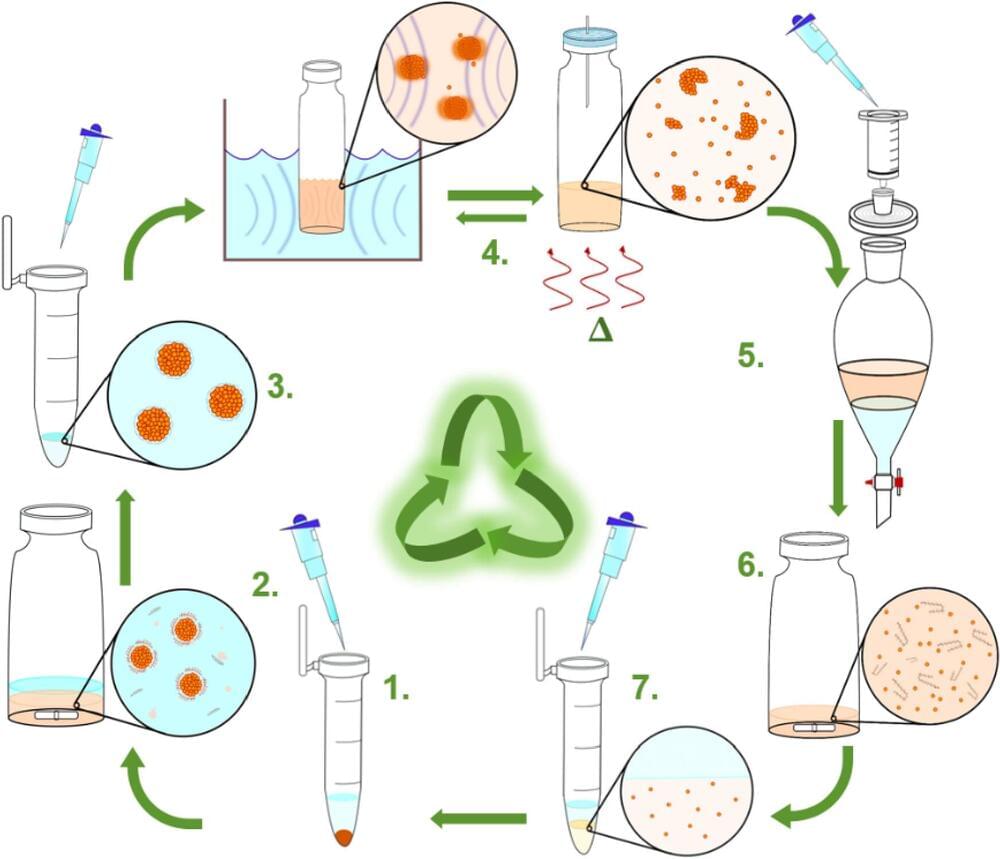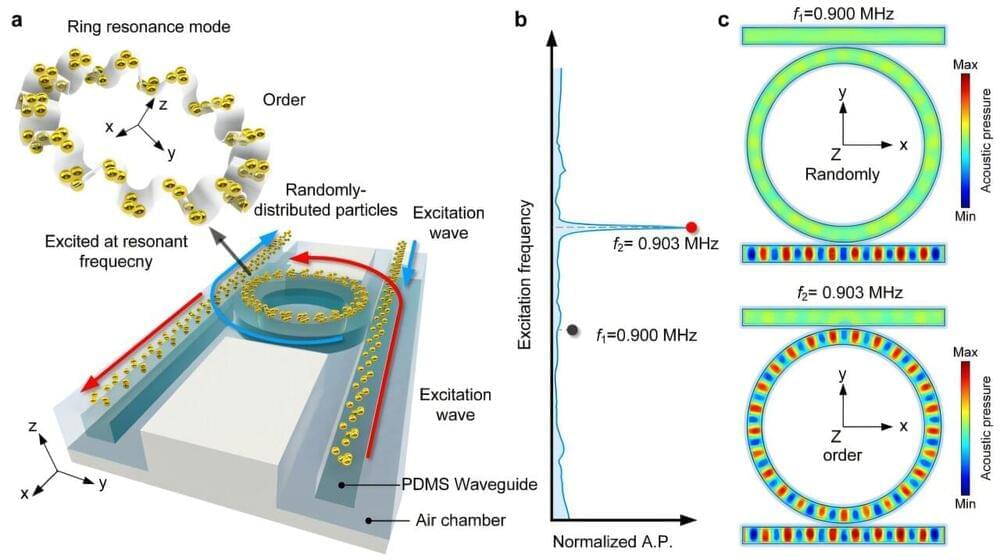Astronomers from China and South Korea report the detection of a contact binary system with an extremely low mass ratio of only 0.0356. The newfound system, which received the designation TYC 3801−1529−1, is therefore the lowest mass ratio contact binary discovered to date. The finding was detailed in a paper published November 19 on the preprint server arXiv.
Contact binaries consist of two stars orbiting so closely that they share a common gaseous envelope. The components of such systems often have similar effective temperatures and luminosities, regardless of their respective masses.
The cutoff mass ratio for contact binaries is still a subject of debate. Latest studies suggest that these binaries should have a minimum mass ratio of about 0.038−0.041.









